What can you plant after carrots?
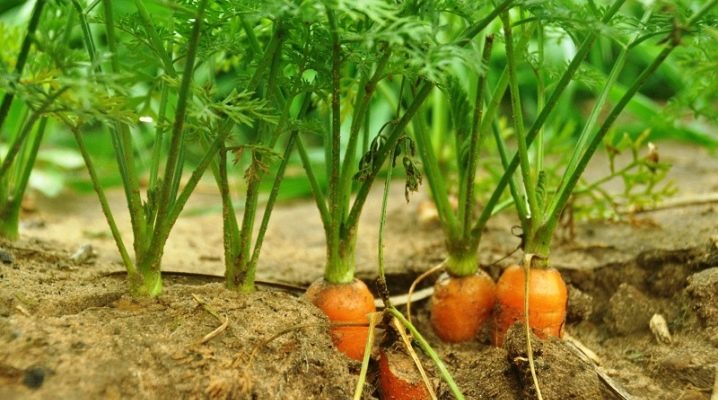
Every gardener wants to reap a good harvest. There are times when you take proper care of a culture, but the result leaves much to be desired. Poor harvest can be caused by non-observance of crop rotation. Quite often, problems arise with those crops that are planted after carrots. In this article, we will consider in more detail what can be planted after carrots, and what is undesirable.
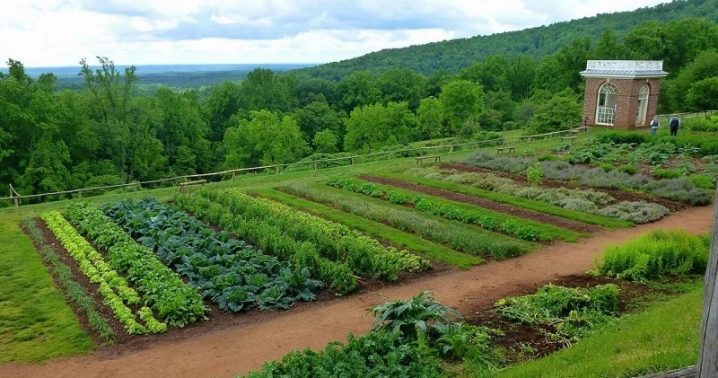
Can you plant carrots after carrots?
Professionals recommend that it is imperative to carry out crop rotation, because if you do not adhere to crop rotation, then different consequences are possible.
- Soil depletion. In order for the land to become filled with nutrients, it is necessary to plant different crops in the same area. As you know, some plants feed from the top layer of the earth, while others act deeper. In addition, they will be distributed in different ways.
- Toxins. Some plants release toxins into the ground during development, including carrots, spinach and beets. If they accumulate in the soil in a fairly large amount, then these toxins negatively affect the cultivation of the same root crops. If you use the alternation of plants, then this negative effect is neutralized, and the soil is cleaned.
- Pests and diseases. If we take into account the crop rotation when choosing which plant to plant next, then the immunity of plants increases significantly. If the same crop is grown for a long time, then the larvae of various pests accumulate in the soil, from which the plant suffers. Alternating can get rid of this problem.
Important! Toxins enter the ground not only from the roots of carrots, but also from its shoots. Experts recommend that as soon as the carrot is dug up, all its remnants should be removed.
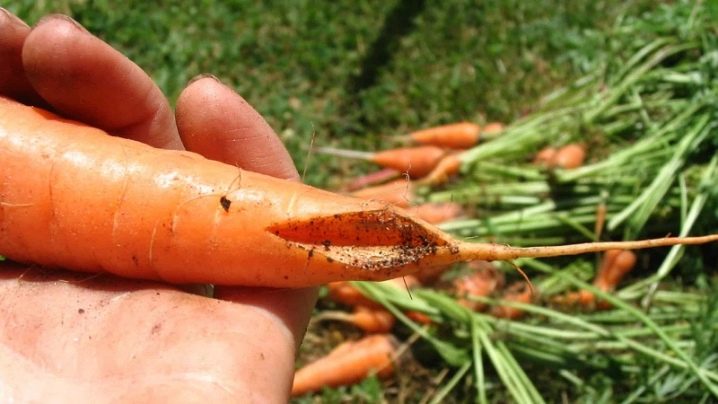
To make the crop rotation easier, it is advisable to draw a diagram of the land plot, on which to indicate where and what kind of crop grows. For the next season, such a scheme will allow you to choose the right place and what kind of crop to plant, using alternation.
It is advisable for all gardeners to know the following basic rules of crop rotation:
- you should not plant one crop in the same place, you should wait about 4–5 years;
- you need to know which family the vegetable crops belong to, then it will be possible to avoid the same diseases and pests;
- it is necessary to take into account neighboring crops, they should be correctly selected;
- alternate plants with surfaces and long roots.
Important! If you take into account the above rules of crop rotation, the soil will always be fertile, and the number of weeds on the site will also significantly decrease. Carrots are quite picky about the rules of crop rotation. It is not recommended to plant carrots after carrots, since the minimum period should be 4 years. The next year, for planting carrots, it is necessary to look for another site where it has not grown for the previous 4 years. But after the carrots, you can plant various vegetables, as well as berry crops. Only alternation will allow you to harvest a good harvest of carrots.

What is better to plant?
Not every vegetable can grow well in the garden after carrots, since they draw out many nutrients from the soil. Be sure to fertilize the site with mineral and organic fertilizing. After carrots in the open field, you can cultivate the following crops:
- you can sow cucumbers, since they help the soil to recover after the ripening of carrots, but you will need to plant cucumbers, fertilizing the beds well with manure;
- radish will grow well in a well-lit area, although it belongs to the same family as carrots, but the radish ripens very quickly, so the crop will not have time to become infected with umbrella diseases;
- after carrots, you can restore the soil by planting lettuce, mustard or cabbage on it;
- many prefer nightshades, which include peppers, tomatoes and potatoes;
- with a strong depletion of the soil in the spring, it is better to plant physalis;
- if there are a lot of parasites or diseases on the site, then it is advisable to plant onions or garlic on it, in addition, beets can be planted along the contour.
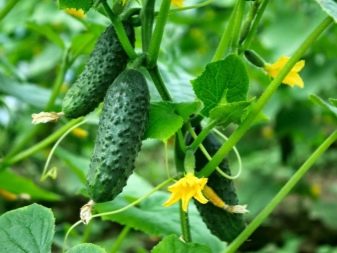

Nightshade
This family includes tomatoes, eggplants, and peppers. All these vegetables are not characterized by demanding soil. The main thing is the excellent illumination of the territory in which they grow. Therefore, nightshades are great for planting the next year after carrots. But you should be extremely careful, because beets should not grow nearby, because their parasites coincide - if the pepper suffers, then the beet bed will be destroyed.
If it is decided to plant peppers after the carrots next year, it is advisable to use the seedling method. But tomatoes should not be close. Drafts must be avoided in order for the pepper to produce a good harvest. It is better to plant it in a lighted area where loose soil is concentrated.
It is recommended to plant tomatoes away from cucumbers, beets or eggplants, then, if parasites appear on other types of plants, the pepper bed will remain intact.
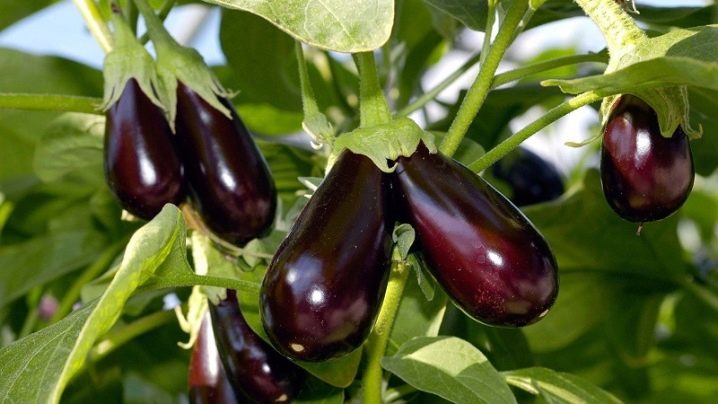
Cruciferous vegetables
Cabbage is a fairly prominent representative of the cruciferous family. Its peculiarity lies in the fact that after its cultivation, the soil is restored. It is for this reason that cabbage is an excellent solution after planting carrots, which, on the contrary, draws out all the nutrients from the soil. Before planting cabbage, it is advisable to add urea, nitrophosphate and wood ash to the soil. These substances will help restore the soil after growing carrots, tomatoes or cucumbers on it. And the very next day, you can plant siderates.
Radish also belongs to the cruciferous family. Its peculiarity lies in the fact that it forms rather quickly, so the soil practically does not lose nutrients. In addition, after planting carrots, it is advisable to apply mineral fertilizers and humus to the ground.
In addition, cruciferous vegetables include the following vegetables that can be planted after carrots:
- turnip;
- radish;
- swede;
- mustard;
- watercress.
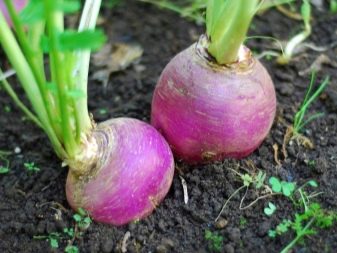
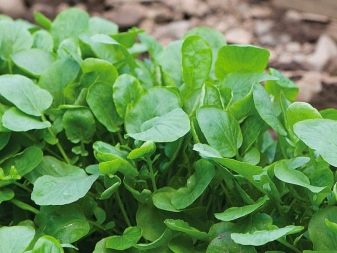
Legumes
Beans can be planted after the carrots. The best examples are beans and peas. These vegetables are excellent at restoring the earth, saturating it with nutrients. It is worth noting that legumes grow well in moist soil. The ideal solution is loamy soil.
Perennial berry crops
After the carrots, perennial berry crops, such as strawberries, can be planted the next year. Carrots and strawberries are prone to various diseases. Berries will definitely not be affected by diseases that are inherent in carrots. Many gardeners prefer the Victoria variety. Further after the strawberries, you can plant the carrots again. In such a tandem, the ideal alternation is felt - berries and roots.
Since berry crops are planted for 4-5 years, it is necessary to take care of the soil - nutrients should be added (top dressing). If you choose the right fertilizer, you can get a luxurious berry harvest for several years.
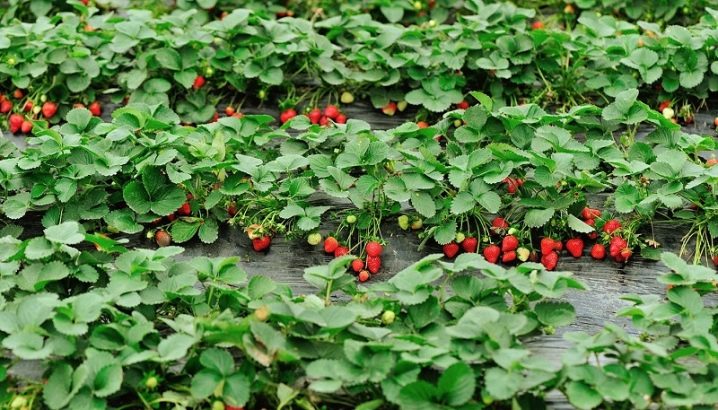
What shouldn't be planted?
After carrots, it is allowed to plant quite a few crops, but there are also forbidden plants. It is undesirable to plant the following umbrella crops:
- Dill;
- parsley;
- celery;
- caraway.
The reason is that the carrot also belongs to the umbrella family. This means that they all suffer from the same diseases, and they are also attacked by the same pests.
It is not recommended to plant the following representatives of the melons and pumpkin families:
- pumpkin;
- zucchini;
- watermelons;
- melons;
- squash.

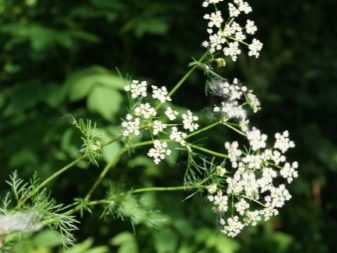
In this case, you should pay attention to the fact that carrots deplete the soil quite strongly, and melons and pumpkin plants grow well only on fertile soil. If desired, planting can be carried out, but the soil will need effective feeding. Melons and gourds do not have common pests and diseases with carrots, which is the most important.
In addition, there are restrictions on planting herbs and spices. These include the following:
- coriander;
- spinach;
- basil;
- mint;
- bow on a feather.
Important! If you plan to plant the above-mentioned crops after carrots, then additional measures should be taken. For planting umbrella, it is necessary to decontaminate the soil well and moisten it. Suitable for disinfection solution "Fitosporin". How to cook it correctly is indicated in the instructions. For planting pumpkin plants, it is imperative to apply fertilizer.
Some gardeners consider it irrational to grow onion sets or garlic after carrots. Although if the soil is disinfected, it can be planted, but in this case they are grown not for the harvest, but for disinfection.
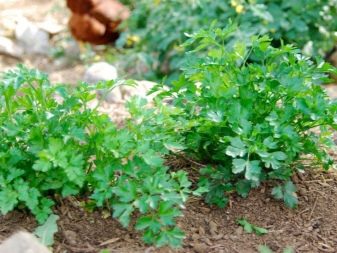
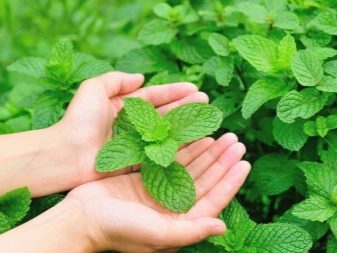













The comment was sent successfully.